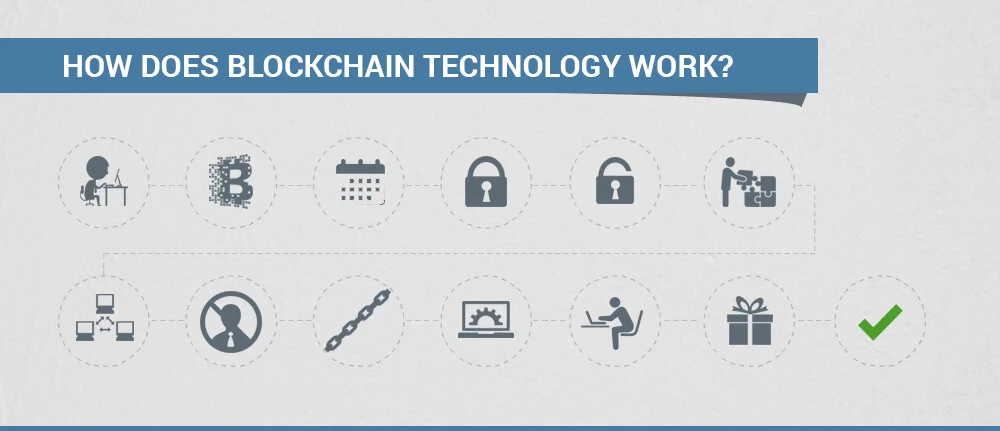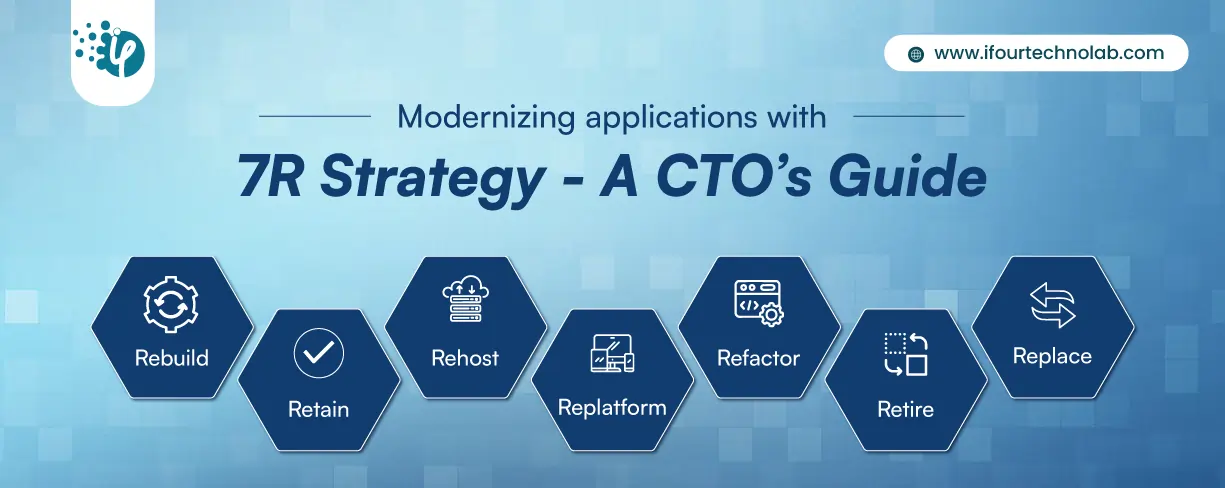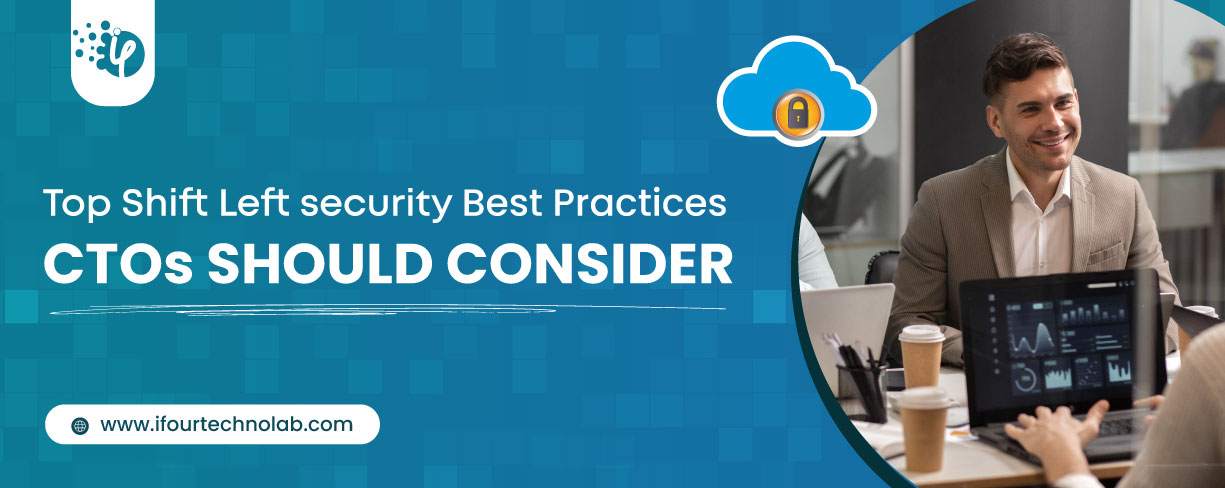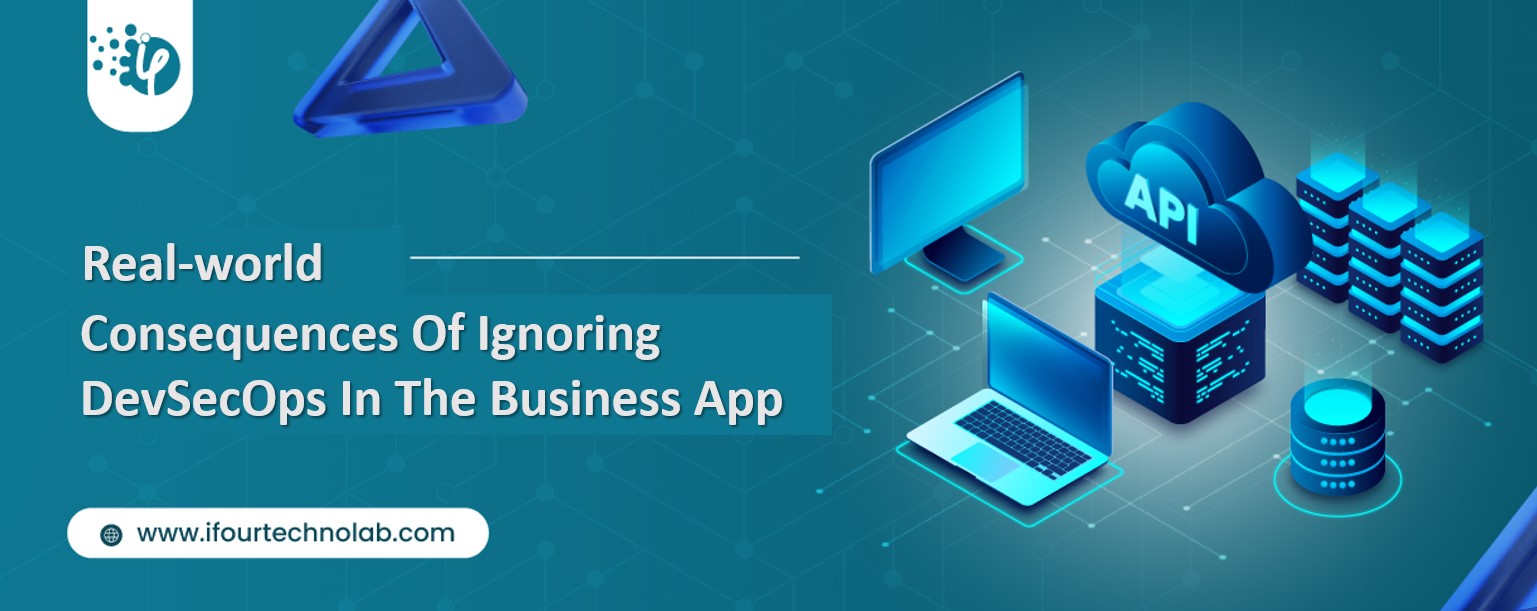Modernizing applications with the 7 R strategy – A CTO’s Guide
Think about the last time CTOs spent most of their time fixing old systems. Updates were slow, servers were expensive, and adding new features took time. Now, things have changed....
Listening is fun too.
Straighten your back and cherish with coffee - PLAY !

The Blockchain is one of the new edge-cutting innovations by Blockchain development company which brought uniqueness crosswise over businesses. This innovation enables distributed exchanges where at least two individuals need to have a common record. It records secure online exchanges through a mutual and ceaselessly accommodated database. What makes blockchains exceptional is that as opposed to being controlled by a solitary association (like Google or Amazon) they are managed by a distributed network of participants. There is no “master” version of the database. Rather, every individual from the system is boosted to keep up and refresh their own duplicate. This redundancy eliminates the risk of a single point of failure.
The thought was envisioned to ensure that bitcoin could work likewise as cash, prepared to move about without being spent distinctive conditions by a comparative individual, without the use of a bank. The database contains the portion history of each bitcoin, so can give affirmation of who guaranteed it at any given time.
Each exchange on a blockchain can be seen by anybody with access to the framework, with every client or hub having a special address. Subsequent to affirming that the exchange is authentic, the blockchain database puts the record, alongside various other checked exchanges, into a piece and timestamps them before fastening them together utilizing a cryptographic mark. These new scrambled pieces are added to the past squares, making a chain that demonstrates the whole history of the blockchain. Once an exchange has been added to the database, the records are refreshed and records can't be adjusted, as they are connected to every single past exchange.
Blockchain databases are not put away in one single area, but rather are facilitated by numerous PCs at the same time. This implies a blockchain database contains the historical backdrop of the greater part of its records, shielded from being reexamined, erased or messed with. Subsequently, programmers can't degenerate the data without focusing on all PCs that the blockchain is hung tight, and additionally all the past squares, making a protected online framework.
The databases can be made with a gathering of preselected members, or they can be 'unpermissioned' and open to everybody, implying that anybody can contribute information and everybody that has a duplicate of the record has an indistinguishable form.
The future of finance could be dominated by blockchain technologies . A traceable global currency complete with an efficient infrastructure will not only result in massive cost reduction for all market participants, it will change global banking. Bitcoin will do for payments what email did for communication. There are also multiple startups that are currently looking into creating blockchain-based cloud storage systems, which would eliminate hacking and data loss problems that often arise in traditional cloud storage.
Genuine blockchain-drove change of business and government, we accept, is as yet numerous years away. That is on the grounds that blockchain isn't a "problematic" innovation, which can assault a conventional plan of action with a lower-cost arrangement and surpass occupant firms rapidly. Blockchain is a foundational innovation: It can possibly make new establishments for our financial and social frameworks using tools created by blockchain development company . Be that as it may, while the effect will be tremendous, it will take a very long time for blockchain to saturate our financial and social foundation. The procedure of selection will be progressive and consistent, not sudden, as rushes of mechanical and institutional change pick up energy. That knowledge and its vital ramifications are what we'll investigate in this article.

Think about the last time CTOs spent most of their time fixing old systems. Updates were slow, servers were expensive, and adding new features took time. Now, things have changed....

According to HackerOne, fixing a security issue after software is released can cost 30 times more than fixing it during development. Today, CTOs take a different approach. Shift...

A few years ago, companies built software first and thought about security later. Developers and security teams did not cooperate, and problems were fixed only after release. This activated DevSecOps vulnerabilities and many DevSecOps failures.